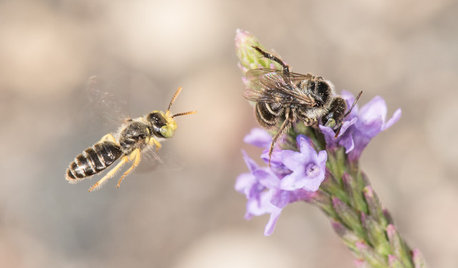If you don't amend the soil then how do you fix it if it drains fast?
Wilwil Horneff
8 years ago
last modified: 8 years ago
Featured Answer
Sort by:Oldest
Comments (28)
Wilwil Horneff
8 years agoRelated Professionals
Carlisle Landscape Architects & Landscape Designers · Citrus Heights Landscape Architects & Landscape Designers · Manchester Landscape Contractors · Bloomington Landscape Contractors · Kaneohe Landscape Contractors · McLean Landscape Contractors · Milford Landscape Contractors · Point Pleasant Landscape Contractors · Ansonia Landscape Contractors · South Laurel Siding & Exteriors · Clute Decks, Patios & Outdoor Enclosures · Commerce City Decks, Patios & Outdoor Enclosures · Livingston Decks, Patios & Outdoor Enclosures · Mastic Decks, Patios & Outdoor Enclosures · Portage Decks, Patios & Outdoor EnclosuresWilwil Horneff
8 years agoWilwil Horneff
8 years agolast modified: 8 years agoWilwil Horneff
8 years agolast modified: 8 years agoWilwil Horneff
8 years agolast modified: 8 years agoakamainegrower
8 years agoakamainegrower
8 years agoWilwil Horneff
8 years agoWilwil Horneff
8 years agolast modified: 8 years agogardengal48 (PNW Z8/9)
8 years agoWilwil Horneff
8 years agolast modified: 8 years ago
Related Stories

GARDENING GUIDESHouzz TV: Make a Worm Bin for Rich Soil and Happy Plants
A worm-powered compost bin that can fit under a sink turns food scraps into a powerful amendment for your garden. Here’s how to make one
Full Story
LANDSCAPE DESIGNHow to Shape a Rain Garden and Create the Right Soil for It
Learn how to grade, lay out and amend the soil in your rain garden to support your plants
Full Story
FARM YOUR YARDHow to Get Good Soil for Your Edible Garden
The nutrients in your soil feed the plants that feed you. Here are tips on getting it right — just in time for planting season
Full Story
GARDENING GUIDES10 Solutions for Soggy Soil
If a too-wet garden is raining on your parade, try these water-loving plants and other ideas for handling all of that H2O
Full Story
GARDENING GUIDESHow to Stop Worrying and Start Loving Clay Soil
Clay has many more benefits than you might imagine
Full Story
LANDSCAPE DESIGNFlood-Tolerant Native Trees for Soggy Soil
Swampy sites, floodplains, even standing water ... if you've got a soggy landscape, these trees are for you
Full Story
GARDENING GUIDESGet the Dirt on Your Garden’s Soil
Understand how your soil supports your plants so you can ensure your garden’s success
Full Story
GARDENING GUIDESGardening Solutions for Heavy Clay Soils
What’s a gardener to do with soil that’s easily compacted and has poor drainage? Find out here
Full Story
GARDENING GUIDESHave Acidic Soil in Your Yard? Learn to Love Gardening Anyway
Look to acid-loving plants, like conifers and rhododendrons, to help your low-pH garden thrive
Full Story
GARDENING GUIDESKeep an Eye Out for Fast-Moving Calliopsis Bees
These small native bees can often be seen foraging on vervain in the summer
Full StorySponsored
Columbus Design-Build, Kitchen & Bath Remodeling, Historic Renovations
More Discussions









akamainegrower